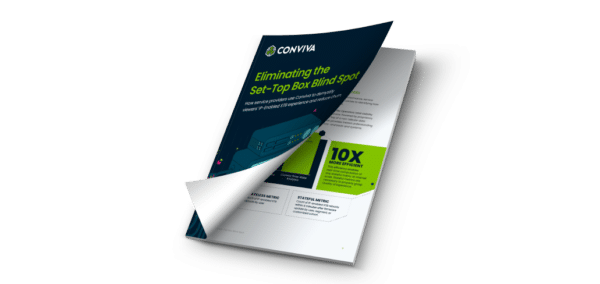
We live, as they say, in interesting times. comScore merging with Rentrak was momentous, as the previously unassailable lead of Nielsen in TV measurement finally took a real hit. The merger focused the industry on the next great need for streaming media: a truly new and improved currency for the Internet-delivered video space.
At the NexTV Summit this week, Jane Clarke, CEO of the Coalition for Innovative Media Management (CIMM), expounded on the need for something that could truly cross content and advertising and act as the great equalizer for the industry. How important is this? Parks Associates shared numbers that clearly demonstrate value is being missed in OTT: viewers consume 36% of their content over the Internet, but spend only 9% of their money on buying it (unsurprisingly traditional TV takes 80% of the cash in return for delivering less than 60% of viewing time).
What we learn, then, is that streaming media is being woefully undervalued. We know that the content is there, and that the audience wants to consume it; we also know that consumers are willing to pay for access. However, the price expectations are still mired in a past that is slowly shrinking in the rear view mirror.
So what gives?
There appear to be two reasons for this undervaluation. The first is price anchoring: the current market is defined by (1) traditional TV bundles, for which a consumer is unsurprised to be charged over $100; and (2) subscription Video on Demand (SVOD) services, for which $15 seems expensive. The consumer has been taught to expect SVOD to be cheaper than television, and drawing that upwards is a battle against human psychology.
The second cause is experience expectations: consumers simply expect traditional TV to deliver a more reliable and consistent viewing experience. At the same NexTV Summit, Tom Mohler of Olympusat, suggested that as much as 71% of video viewing happens on the actual television screen – and that, as such, a picture that works fine on a telephone screen may not be adequate to meet a consumer’s expectations for larger screens.
As we examine that second cause, it becomes clear that measurement and the quality of experience are tightly connected. Consumers need to come to expect – and receive – that high quality experience for their primary viewing; providers need to be able to confidently confirm they are delivering it; and advertisers need to see credible documentation of same, so that they are willing and able to commit to moving TV spend to the Internet.
To achieve this, providers need a 360 degree view of what they are delivering; automation to ensure they get the very best out of the Internet during delivery; and third party measurement that goes beyond counting, and starts to evaluate engagement, so that content acquirers and advertisers alike can make better decisions.
To learn a little more about how such a solution might work, we invite you to read our latest white paper, Information Architecture.







